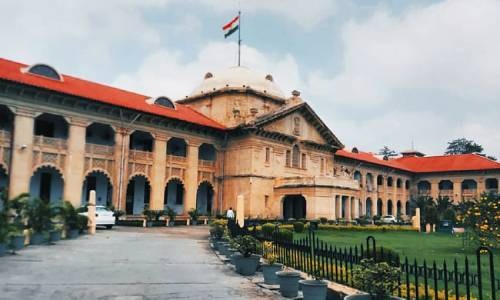
Case Title: Rameshwar And Another v. the State of U.P. and Another
The Allahabad High Court noted that under Section 319 CrPC, the Court has been given the power to proceed against other persons appearing to be guilty of an offence in the course of any inquiry into, or trial of, an offence.
The Court also mentioned that the issue with respect to the scope and ambit of the powers so conferred upon the Magistrate u/s 319 Cr.P.C. 1973 is no more res integra as the Constitutional Bench of the Hon'ble Supreme Court in the case of Hardeep Singh v/s. State of Punjab has observed as under:
“The presumption of innocence is the general law of the land as every man is presumed to be innocent unless proven to be guilty. Alternatively, certain statutory presumptions in relation to certain class of offences have been raised against the accused whereby the presumption of guilt prevails till the accused discharges his burden upon an onus being cast upon him under the law to prove himself to be innocent. These competing theories have been kept in mind by the legislature. The entire effort, therefore, is not to allow the real perpetrator of an offence to get away unpunished. This is also a part of fair trial and in our opinion, in order to achieve this very end that the legislature thought of incorporating provisions of Section 319 Cr.P.C. It is with the said object in mind that a constructive and purposive interpretation should be adopted that advances the cause of justice and does not dilute the intention of the statute conferring powers on the court to carry out the above-mentioned avowed object and purpose to try the person to the satisfaction of the court as an accomplice in the commission of the offence that is subject matter of trial.”
Section 319 Cr.P.C. springs out of the doctrine judex damnatur cum nocens absolvitur (Judge is condemned when guilty is acquitted) and this doctrine must be used as a beacon light while explaining the ambit and the spirit underlying the enactment of Section 319 Cr.P.C.
It is the duty of the Court to do justice by punishing the real culprit. Where the investigating agency for any reason does not array one of the real culprits as an accused, the court is not powerless in calling the said accused to face trial. The question remains under what circumstances and at what stage should the court exercise its power as contemplated in Section 319 Cr.P.C.?
The Court also referred to various other legal precedents and observed that the Court is a repository of justice, and it cannot allow anyone to escape the trial by manipulating the law and law enforcement agencies.

